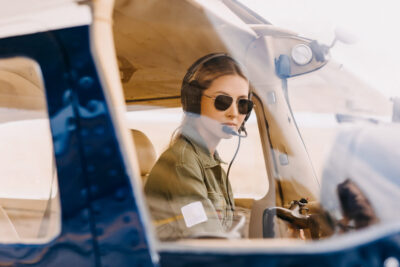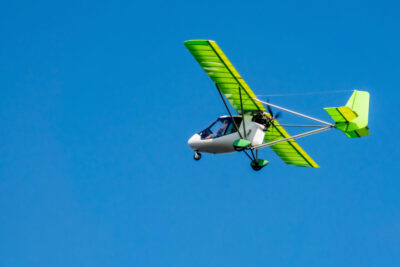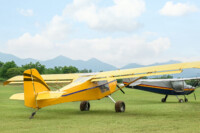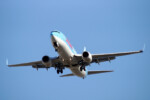How Much Weight Can An Ultralight Carry?
15 May 2023 | Updated on February 05, 2024
Airplanes have structural weight limitations to prevent us from overloading them like we do our cars. Operating an aircraft beyond its weight limits isn’t something you’d want to do because you’d reduce its performance, compromising the aircraft’s structural integrity.
Ultralight vehicles operate along similar principles as conventional aircraft. They are inexpensive and lightweight airplanes designed for recreational flying by hobbyists and have weight limitations critical to their performance and safety. Overloading an ultralight can cause the aircraft to demonstrate unusual handling and poor performance.
So, how much weight can an ultralight carry safely, and how can you determine your ultralight vehicle’s weight limits? This article explains the answers to those questions and more.


Important Disclaimer: The information and data provided here are for informational purposes only, and are subject to change over time. We strive to provide the most current and relevant information, but the dynamic nature of the topics discussed may result in changes that are not immediately reflected in our content. We recommend our readers to conduct their own research and consult with professionals when making significant decisions based on the data or information provided here. Your reliance on the information in this post is solely at your own risk.
How much weight can an ultralight aircraft carry?
14 CFR Part 103 definition of ultralight vehicles excludes their maximum take-off weight (MTOW) or gross weight though most ultralight models have a manufacturer’s recommended weight limit. And while ultralight pilots weighing 250 pounds are common, the Federal Aviation Authority (FAA) requires an empty weight limit of fewer than 254 pounds (115 kg), excluding floats and other safety devices, and a 5-gallon fuel tank capacity.
Now is an excellent time to explain the difference between an ultralight vehicle’s empty and gross weight. By empty (or tare) weight, we mean ultralight weight before adding fuel, the pilot, and any equipment or safety device. An ultralight aircraft’s gross weight combines fuel/pilot/equipment/safety devices/payload weight plus its empty weight. This is the maximum weight the aircraft can carry.
Both empty and gross weight limits of ultralight vehicles vary per country. Also, the ultralight’s design and structure are primary factors influencing how much weight it can carry. Checking the manufacturer’s gross weight limit or MTOW can help you quickly determine your ultralight aircraft’s weight-carrying capacity.
However, calculating your aircraft’s capacity to ensure you operate within its safe weight limits involves considering the pilot’s weight.
Here is how you can calculate your aircraft’s precise weight capacity in a few simple steps:
- Determine your ultralight vehicle’s gross weight or MTOW
- Subtract the ultralight aircraft’s empty weight.
- Subtract the weight of the fuel.
- Subtract your (the pilot’s) weight.
- The remaining weight is what your ultralight can safely carry.
An excellent example is our 250-pound (113.4 kg) ultralight pilot, who is trying to determine how much weight his Earthstar Thunder Gull 2000 ultralight can carry, including himself. The Gull 2000 has a 248-pound (112kg) empty weight and a 550-pound (249 kg) gross weight). Assuming he is the only passenger and has a full gas tank (5 gal/30-pounds), his ultralight can safely carry a 22-pound (approximately 10 kg) extra payload or bring a medium size dog along for the ride without exceeding the manufacturer’s recommended weight limit.
Knowing the weight limits of your ultralight aircraft prevents structural damage, improves your ultralight fuel consumption, and increases your safety during flight.
Factors affecting weight limits for ultralight aircraft
Several factors influence how much weight your ultralight can carry. These range from your weight to environmental factors. An ultralight design or payload distribution can sometimes impact the aircraft’s weight limits.
Let us take a closer look at those factors.
- Altitude and weather conditions: temperature and humidity are environmental factors playing a role in how much weight an ultralight can carry. Air density decreases as you gain altitude reducing the lift generated by your ultralight wings. A heavier ultralight aircraft will need help generating lift at a higher altitude than an ultralight carrying much less weight.
- Aircraft’s weight distribution and center of gravity (CG): ultralight pilots should ensure equal weight distribution to maintain the aircraft’s stability during flight. Putting more weight in front of your ultralight can shift the aircraft’s center of gravity forward, resulting in handling and maneuverability problems. A similar situation occurs when you concentrate most of the weight on the back of your ultralight vehicle.
- Ultralight design and structure: ultralight design and construction favor a lightweight construction and aerodynamic structure to reduce weight. Keeping an ultralight’s structural weight low reduces its load-supporting capabilities, impacting how much weight it can carry.
- Pilot weight: is one of the most significant factors influencing how much weight an ultralight can carry. It directly impacts an ultralight aircraft’s gross weight and is a primary factor when calculating your ultralight vehicle’s payload limits.
- Power plant: ultralight engines must be powerful enough to generate significant lift force and, at the same time, be lightweight enough to maintain the legal empty weight requirements of ultralight aircraft. Your choice of 2 or 4-stroke engines
- Fuel: fuel weight isn’t part of an ultralight empty weight. So, the fuel in your gas tank and its density impact how much weight an ultralight can carry. Carrying the maximum 5-gallon fuel will increase your ultralight’s weight, reducing how much weight it can carry.
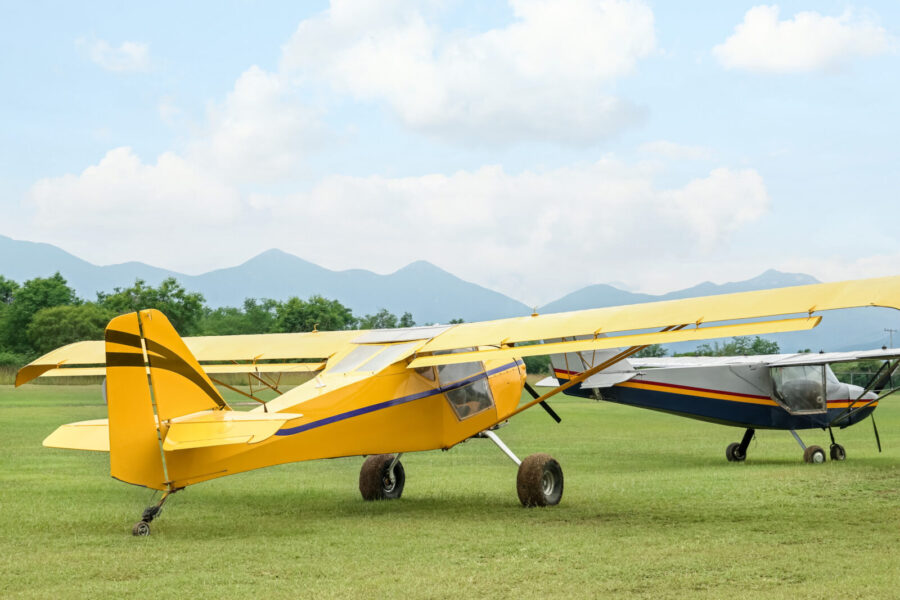

How much weight can the different ultralight types carry?
Pilots who fly ultralights for recreational purposes aren’t too bothered by their structural weight limitations as long as the aircraft can take them and their fuel airborne. However, pilots using an ultralight for professional purposes like aerial surveys or photography may have concerns about how much gear their aircraft can safely carry when selecting an aircraft.
Most popular ultralight models can carry between 500 lbs (226.7 kg) and 1,000 lbs (453.5 lbs). Below is a table illustrating examples of the most popular ultralight aircraft in the United States and how much weight they can carry.
| Ultralight Model | Empty Weight. lbs | Gross Weight. lbs | Useful Load. lbs (Pilot+Fuel+Cargo) |
| Earthstar Thunder Gull 2000 | 248 lbs | 550 lbs | 302 lbs |
| Pterodactyl Ascender | 125 lbs | 350 lbs | 225 lbs |
| Quicksilver MX II Sprint | 330 lbs | 720 lbs | 390 lbs |
| Kolb Twinstart Mark III | 475 lbs | 1,100 lbs | 625 lbs |
| Kolb Firestar | 325 lbs | 725 lbs | 400 lbs |
| Jordan Lake Air-Bike LS 103 | 251 lbs | 525 lbs | 274 lbs |
| Aerolite 103 | 235 lbs | 600 lbs | 365 lbs |
| Aeromarine Merlin Lite | 275 lbs. | 717 lbs | 442 lbs |
| CGS Hawk Arrow II | 275 lbs | 1,100 lbs | 825 lbs |
From the table above, ultralights with higher useful load capacity are best suited for professional purposes because they can carry more payload or gear than ultralights with lower usable load capacity.
How many passengers can you carry in an ultralight?
Ultralight pilots who wish to share their thrilling flying experience with others often find themselves unable to do so because the FAA regulations on ultralight vehicle specifications prevent the production of passenger-carrying ultralight aircraft. Building a passenger-carrying ultralight means adding structural reinforcements to support the additional weight and installing larger and more powerful powerplant to propel the heavier aircraft and passengers.
Current FAA regulations for ultralight vehicles have weight and speed requirements specifically for single-occupant ultralight aircraft. A lightweight aircraft capable of carrying passengers falls under the Light Sports Aircraft (LSA) category and is subject to the relevant FAA regulations on aircraft and pilot certification.
Additionally, you need a sports or private pilot license to carry passengers in an aircraft. As a non-certified recreational pilot, you are limited to solo ultralight flights. You won’t be able to take your friends along for the ride unless you receive pilot training and certification for operating a bigger aircraft.
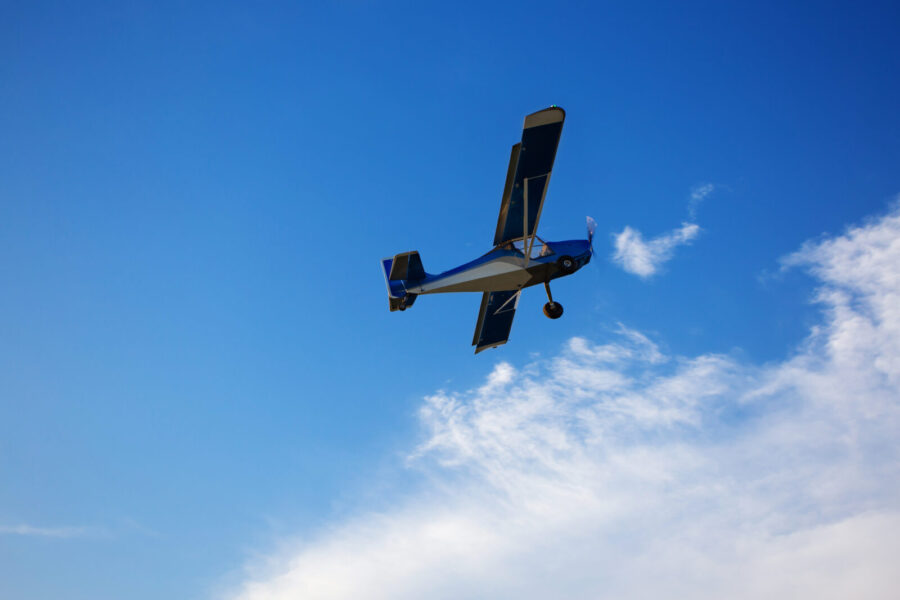

Can an ultralight have two seats?
14 FAR Part 103 rules clearly define an ultralight vehicle as a single-seat experimental aircraft with 5 gallons max fuel capacity, 254 lbs max empty weight, and a 24 knots max stall speed. Two-seat ultralights don’t fall into that category because they are heavier and equipped with more powerful engines.
Yes, ‘ultralights’ with two seats exist, but these resulted from an FAA exemption allowing the production of ultralight pilot trainers. Two-seat ultralight vehicles are technically not ultralight aircraft, and the FAA does not consider them as such. Ultralight aircraft with two seats are exempt from Part 103 rules for ultralight vehicles, meaning mandatory federal requirements regulate their operation and maintenance.
Below is a comparison highlighting the differences between an ultralight vehicle and a two-seat ultralight aircraft.
| Part 103 Ultralight Vehicle | Two-Seat Ultralight |
| Does not require FAA registration | Require FAA registration |
| Does not require annual FAA inspections | Require annual FAA condition inspections |
| Does not require any license to fly | Require a student pilot license to fly |
| Training optional | Require training to fly |
| 5-gal max fuel tank restriction | 17-gallon max fuel capacity |
| 80-mile range (about 2 hours) | 300-mile range (over 5 hours) |
| Restricted to 63 mph max speed | Capable of speeds over 100 mph |
| Under 254 lbs empty weight limit | Empty weight over 254 lbs |
| Limited room for luggage | Extra space for luggage during solo flights |
| Limited engine horsepower under 100 hp | Unlimited engine choices over 100 hp |
| Flight time does not count toward Sports or Private Pilot ratings. | Flight time counts towards Sports and Private Pilot ratings. |
Owning a two-seater ultralight means trading freedom and cheap flying thrills for companionship and the safety of a more powerful engine, including the ability to fly longer distances.
Tips for maximizing your ultralight aircraft’s weight-carrying capacity
We have some valuable information to help you maximize how much weight your ultralight can carry. They include the following.
- Choose ultralight built with lightweight materials. Newer construction materials like carbon composites are lighter than steel and aluminum.
- Reduce weight by eliminating all unnecessary equipment and refuse any option that does not impact the ultralight safety and performance.
- Ensure your ultralight weight distribution is always balanced whenever you fly.
- Use a lighter fuel mix to save weight and avoid denser fuel mixtures.
- Check your pockets. Carrying extra stuff around increases your weight and increases the ultralight gross weight. Removing any nonessential items from your pockets before flying to save weight is a good idea.
- Observe the manufacturer’s weight recommendations before flying and avoid structural or engine upgrades that increase your ultralight empty weight.
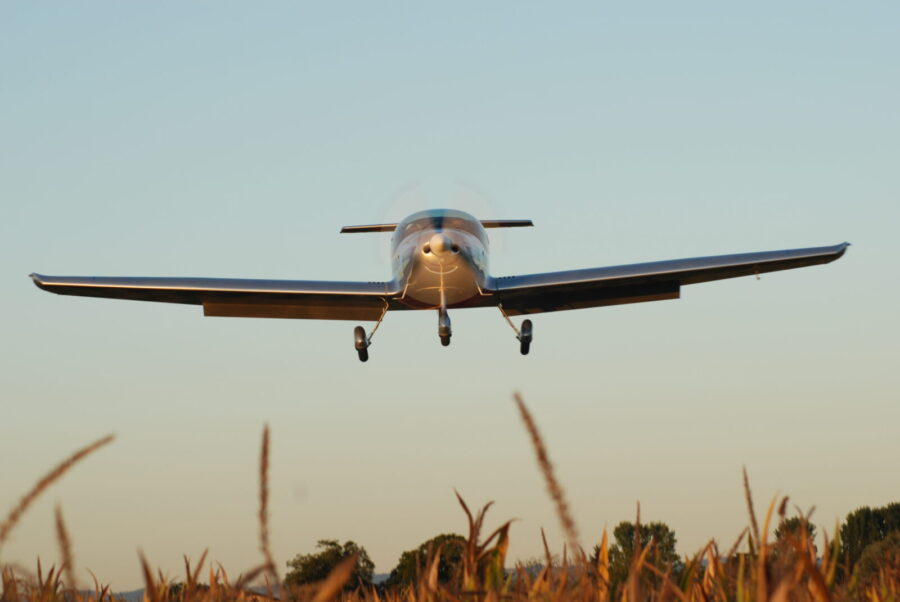

Final thoughts
Flying an ultralight aircraft comes with risks, but operating within its weight limits should keep you safe. Weight limits vary per county or state, and we recommend checking the weight limits of any ultralight vehicle when buying one to determine its intended purpose. Have a safe and enjoyable flying experience.








